Haunted Places in South Dakota
South Dakota is a state with a rich history, and it’s not surprising that there are many haunted places that are rumored to be inhabited by restless spirits and supernatural activity. From abandoned mines to former military fortifications, these haunted locations offer a glimpse into the state’s past, where tales of tragedy, war, and isolation have left a lasting impact on the land and its people…
-
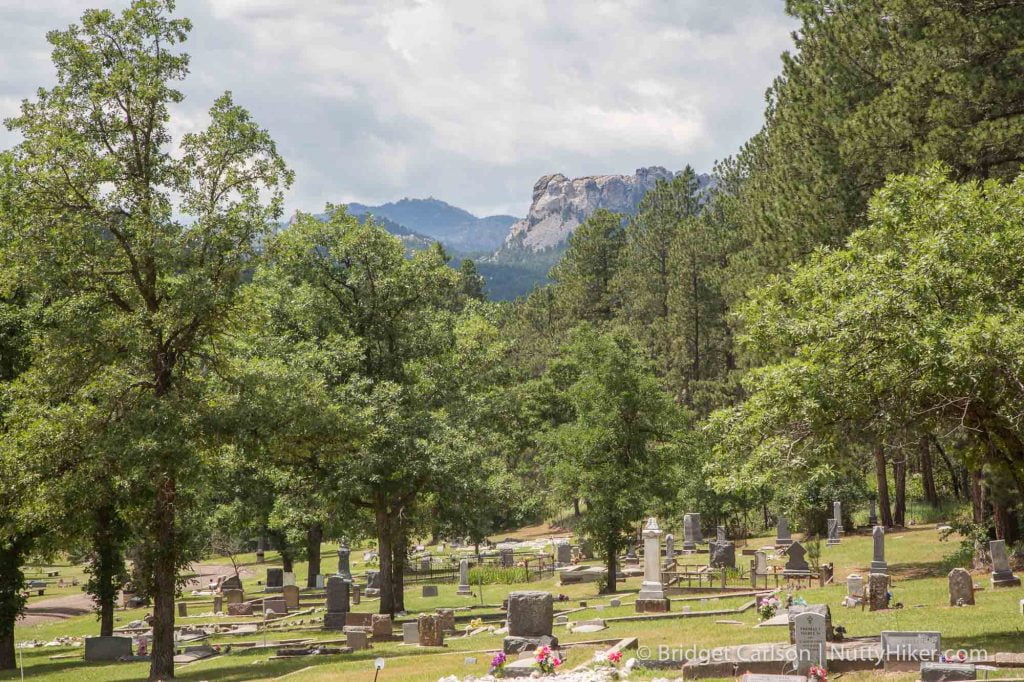
Keystone Cemetery
The Enigmatic Keystone Cemetery: A Portal to History and the Paranormal Nestled in the quaint town of Keystone, South Dakota, the Keystone Cemetery, also known as Mountain View Cemetery, offers a unique blend of historical reverence and spectral intrigue. This site is not only a resting place but also a panoramic vantage point showcasing the…
-

Fairmont Hotel
Exploring the Mystical Aura of the Fairmont Hotel in Deadwood, South Dakota Nestled in the historic town of Deadwood, South Dakota, the Fairmont Hotel stands as a testament to the town’s wild past. Originally built in the late 1800s, this three-story brick marvel started its journey as a Victorian brothel, bar, and gambling hall, catering…
-
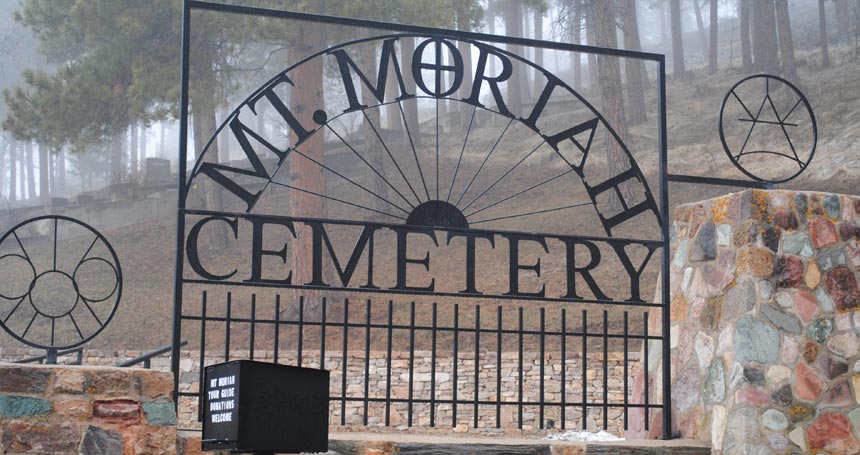
Mount Moriah Cemetery
Discover the Legends of Deadwood at Mount Moriah Cemetery Steeped in the rich tapestry of the Wild West, Mount Moriah Cemetery in Deadwood, South Dakota, offers a unique glimpse into the past. Established in 1878 by the Lawrence County Commission, this historic cemetery serves as the final resting place for some of the most iconic…
-

Mount Marty College
Exploring the Haunted Halls of Mount Marty University Nestled on an expansive 80-acre campus in the quaint town of Yankton, South Dakota, Mount Marty University (formerly known as Mount Marty College) holds a history as deep and varied as the educational paths it offers. Founded under the guidance of the area’s first Catholic Bishop, Martin…
-

Hotel Alex Johnson
Unveiling the Enigmatic Charm of Hotel Alex Johnson Nestled in the heart of South Dakota’s scenic Black Hills, the Hotel Alex Johnson has stood as a beacon of cultural fusion and historical allure since its doors first swung open in 1928. Constructed under the visionary eye of Alex Carlton Johnson, this architectural masterpiece began to…
-
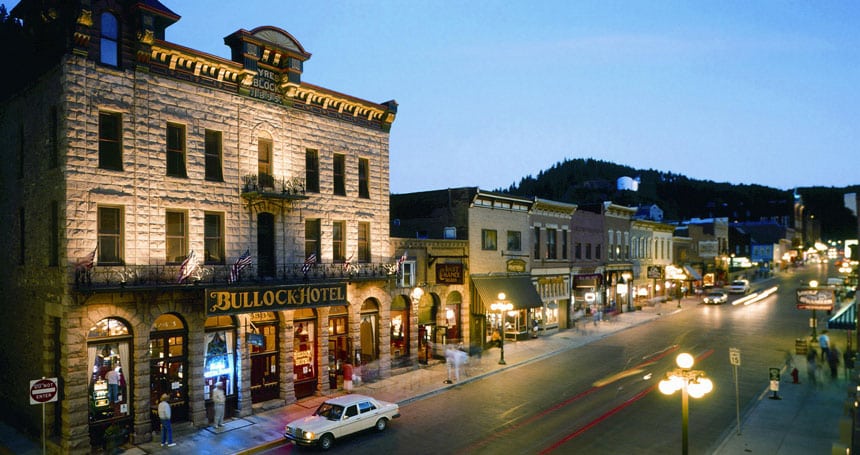
Bullock Hotel
Discover the Historic Charm of Bullock Hotel in Deadwood, South Dakota Nestled in the heart of the legendary town of Deadwood, the Bullock Hotel stands as a beacon of the rich history and eerie mysteries of the Wild West. Established between 1894 and 1896 by the industrious Sheriff Seth Bullock and his partner Sol Star,…
-
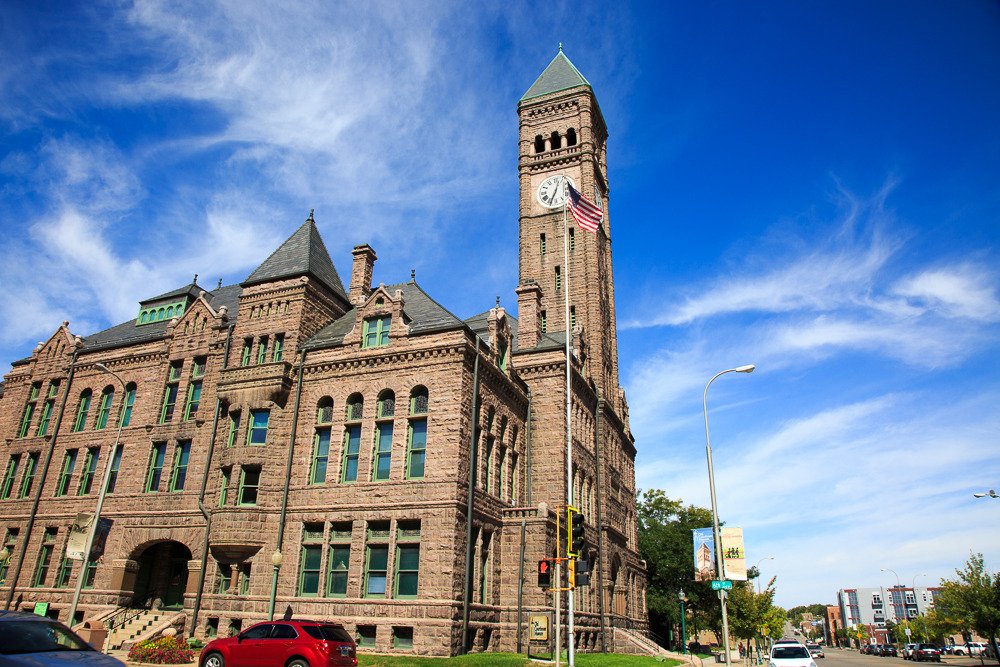
Old Minnehaha Courthouse Museum
Discover the Haunted Halls of the Historic Old Minnehaha Courthouse Museum Nestled in the heart of Sioux Falls, South Dakota, the Old Minnehaha Courthouse Museum stands as a testament to both architectural beauty and spirited tales. Originally serving as the Minnehaha County Courthouse, this historic building was transformed into a museum in 1974, thanks to…
-

Sioux San Hospital
The Haunting Legacy of Sioux San Hospital In the heart of Rapid City, South Dakota, the Sioux San Hospital stands as a monument to a complex and somber history. Initially established as a boarding school for Native American children in the late 19th century, this institution was part of a broader governmental initiative aimed at…
-
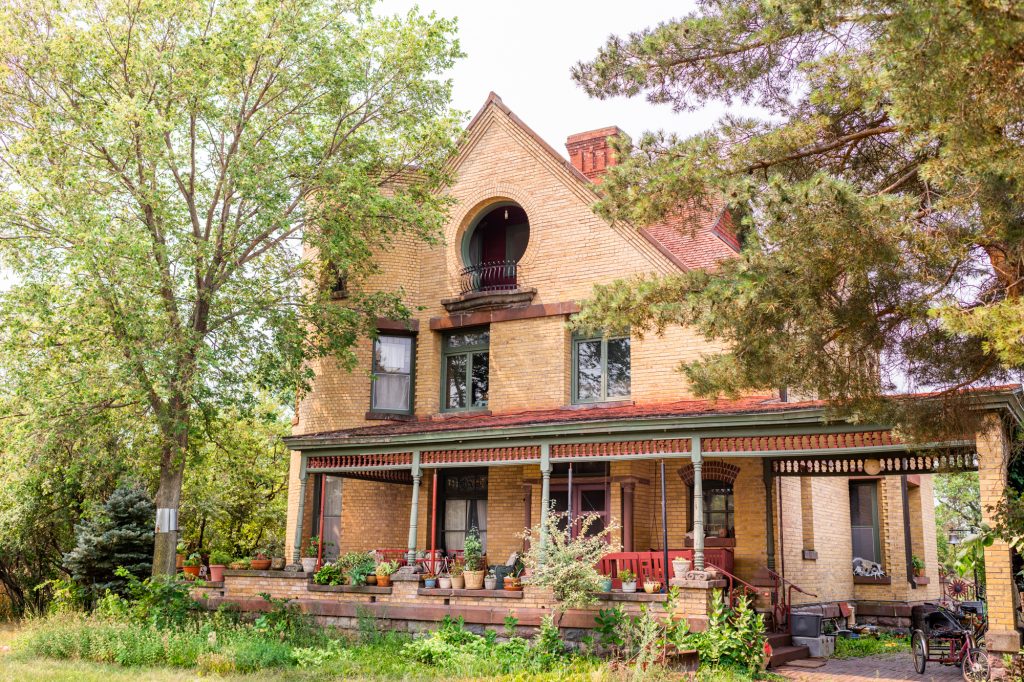
Eastons Castle
Exploring the Enigmatic Easton’s Castle: A Blend of History and Mystery Nestled in the heart of Brown County, South Dakota, the historic Easton’s Castle stands as a testament to American architectural grandeur and the intriguing tales of yesteryears. Constructed in 1889 by the agriculturist C.A. Bliss, this majestic structure was later acquired by C.F Easton…
-
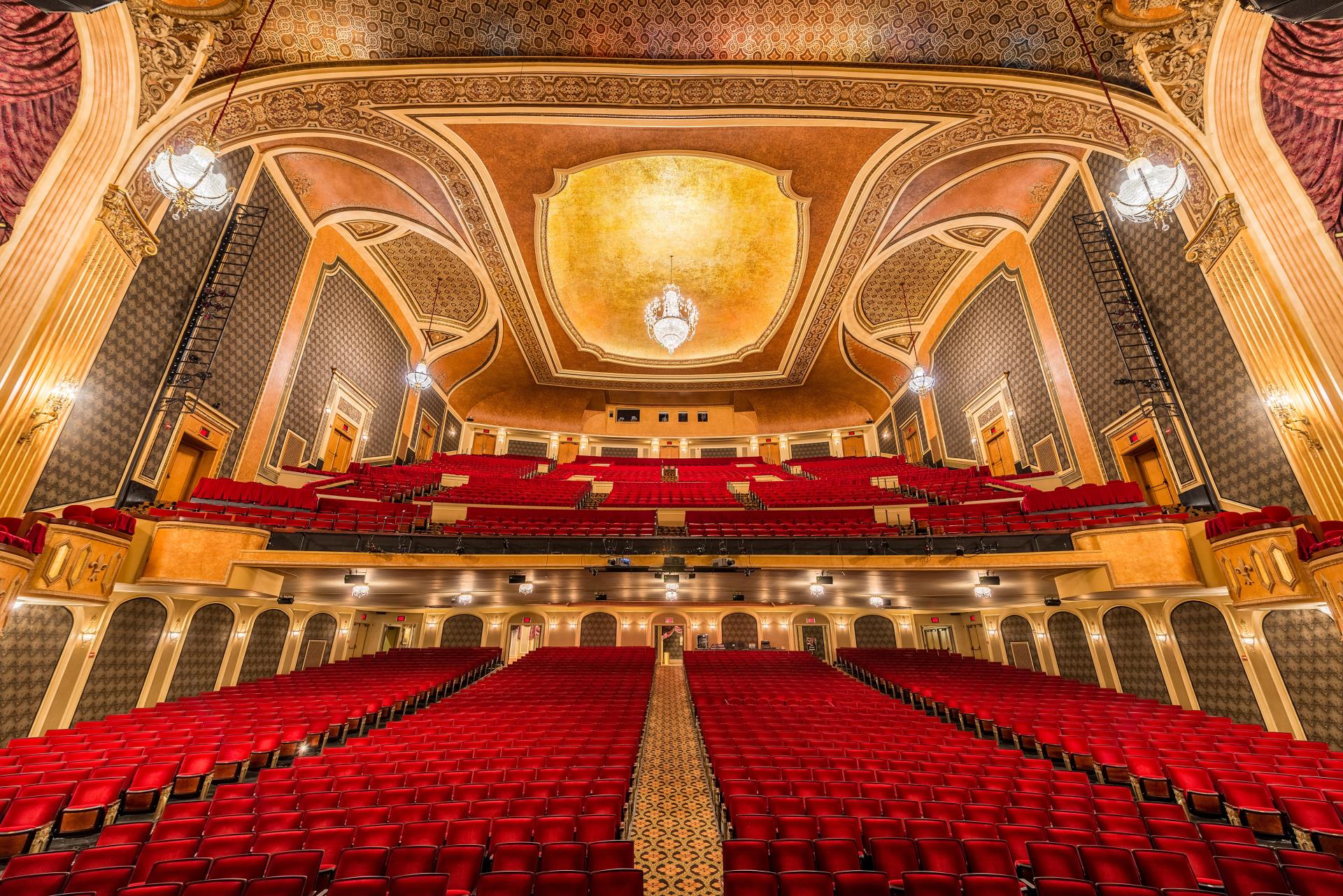
Orpheum Theatre
Discover the Historic Charm of Sioux Falls’ Orpheum Theatre Step into the past with a visit to the Orpheum Theatre in Sioux Falls, a beacon of historical and cultural significance since its doors first opened in 1913. Constructed by the visionary Solari Brothers, this architectural gem initially served as a bustling vaudeville theatre, captivating audiences…
